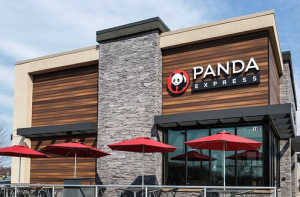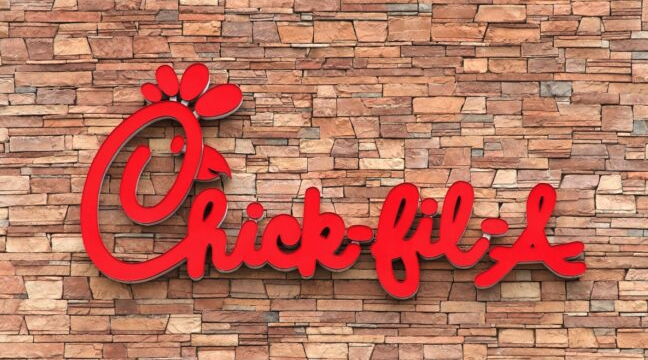Chick-fil-A recently settled a $4.4 million class action lawsuit alleging the company advertised low-cost delivery of its food but “secretly” upped prices for delivery orders.
The suit, filed by customers in a Georgia federal court, claimed the chicken chain promoted free or $2.99-$3.99 deliveries but then raised delivery menu prices “20 to 30 percent” compared to in-store and pickup orders.
Chick-fil-A did not admit guilt but did agree to set aside $1.45 million in cash and $2.95 million in gift cards to reimburse customers as part of the settlement. Eligible customers can expect either a $29.25 cash payment or a $29.25 gift card.
Chick-fil-A did not immediately respond to a Food On Demand request for comment.
Marking up prices for delivery orders is not uncommon for restaurants and consumer behavior has seemingly become adaptive to paying more for the convenience of delivery. However, where Chick-fil-A went wrong, according to the allegations, is in failing to disclose their prices while advertising their flat fee.
The complaint acknowledges other chains like Del Taco and El Pollo Loco as brands that “fairly and prominently represent their true delivery charges” on apps and websites.
In response, Chick-fil-A agreed to add a disclosure on its app and website stating that product prices may be higher for delivery orders.
Additionally, Chick-fil-A’s markups are among some of the highest in the fast-casual scene. According to a study by Gordon Haskett Research Advisors, of the 25 chains analyzed, the chain had an average markup of 29.8 percent, while the fast-food average was 15.3 percent.
Similarly, Panda Express recently settled a $1.4 million class action lawsuit, regarding “misleading consumers by charging hidden delivery fees.” That settlement will take the form of both cash and voucher payments for customers. Customers have until January 10, 2024 to file a claim.

Panda Express settled a $1.4 million class action lawsuit, regarding “misleading consumers by charging hidden delivery fees.”
Third-party delivery providers have also needed to provide tools for pricing transparency, as consumers raised concerns over hidden fees. Uber Eats and DoorDash, for example, allow restaurants to set their own prices which can sometimes be higher than the restaurant’s in-store menu. Many restaurants do so to offset inflation, third-party delivery fees and commissions. Upped menu prices are also coupled with the third-party provider’s service fee and potential delivery fees.
In response to demand for pricing transparency, the delivery giants provide disclosure tools on their marketplaces so consumers have a detailed breakdown of where fees are coming from.
Earlier this year, DoorDash further updated pricing and fee explainers on its marketplace. On the top of every restaurant page, users can tap the “pricing and fees” tooltip to learn more about menu prices and detailed information about applicable fees that apply to an order.
How to get your Chick-fil-A refund
Customers eligible for a refund will be notified by email through the settlement administrator.
There will also be a notice on Chick-fil-A’s website and a form to fill out. The claim form has yet to open, but when it’s live, a name, email address, phone number and certification are required.


